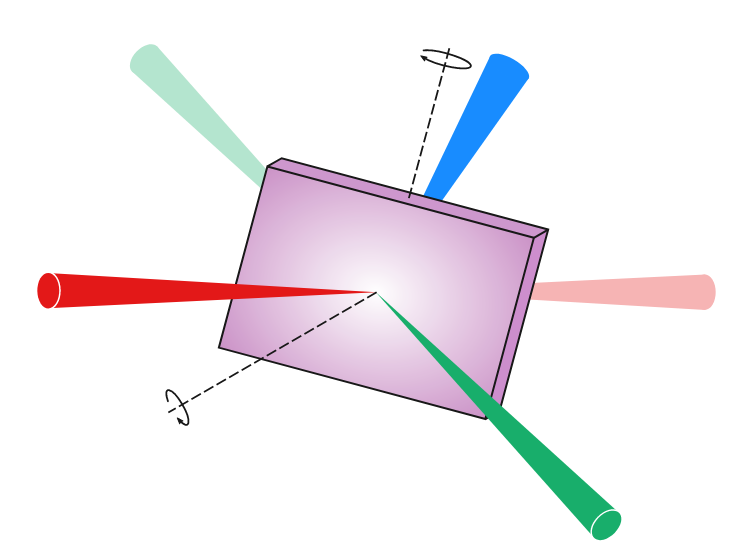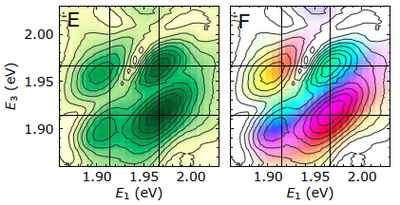news
Very Important Paper: FLUPS goes ultra-broadland
Our latest paper introduces the 3-angle method for fluorescence upconversion spectroscopy, covering the entire visible range without sacrificing signal amplitude nor quality. The technique was even validated independently in two different labs, to ensure it works from Berlin to Jyväskylä, or anywhere in the world!
congrats to Maya...
... for winning the poster prize at the international conference "Ultrafast phenomena and light-matter interaction in quantum materials" in Zadar, Croatia (2.9.-6.9.2024)
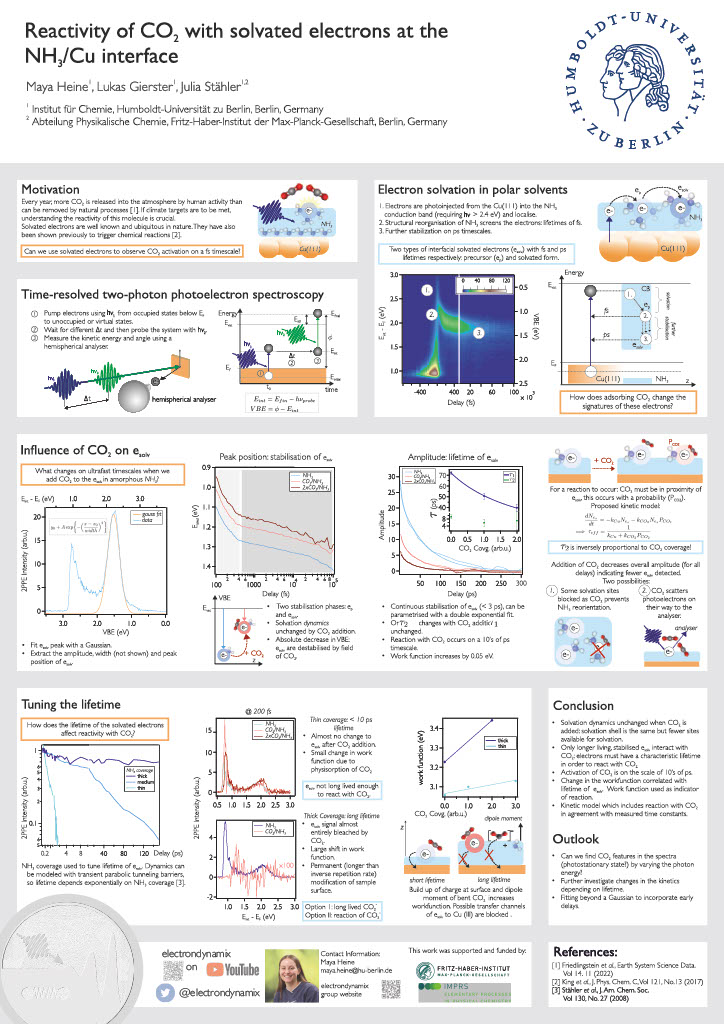
Ultradynamics at metal oxide interfaces: deep dive
Warming really cool labs ;)
We finally celebrated! Friends+colleagues, food+drinks, less rain than forecasted - what else would you wish for? It was a splendid afternoon, thx everyone for dropping by!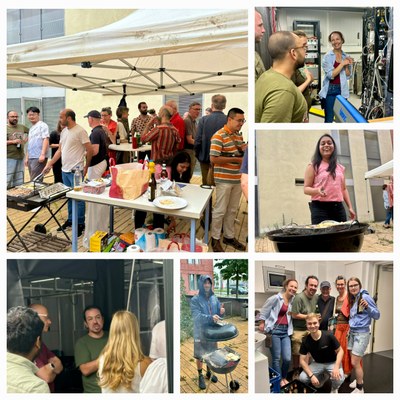
What a triplet!
We happily announce the graduation of the pre-Covid PhD generation: Big congrats to Dr. Angelika Demling, Dr. Boubacar Tanda Bonkano and Dr. Stefano Calati! We've had an amazing time with you and wish you all the best for the future!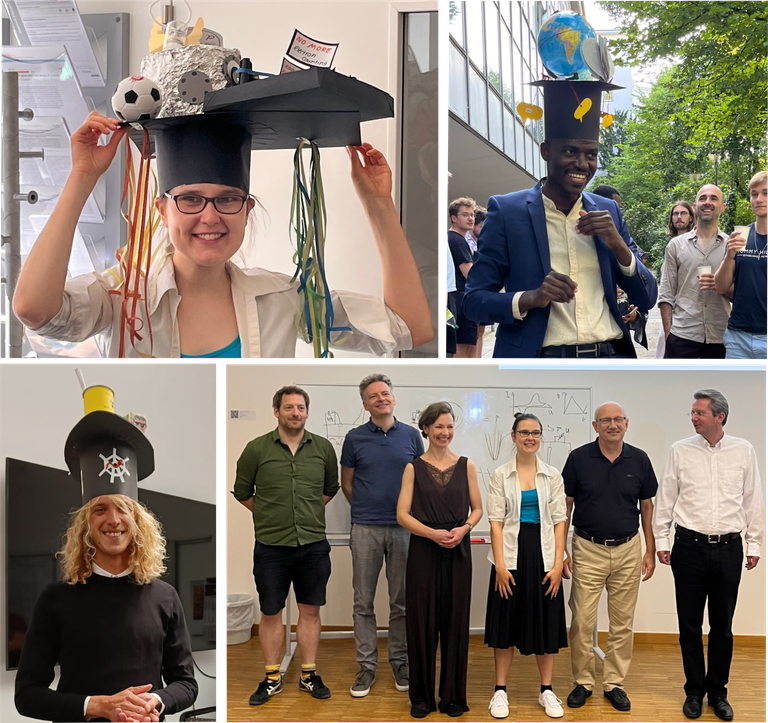
We like to move it, move it...
It is done! Our labs and offices were tenderly packed by the e'dyxers and moved by a terrific team to the awesome new lab space in Adlershof! We're still celebrating ;) (and unpacking...)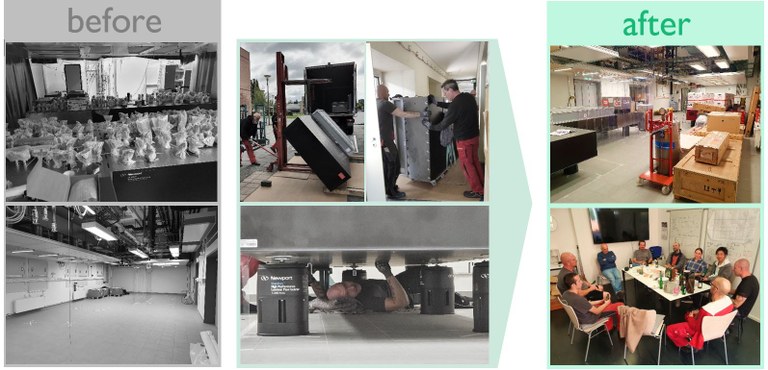
Shaken: an excitonic insulator
We determined the surprising #ultrafast relaxation dynamics of a photoexcited excitonic insulator.
Watch the teaser
or read the whole story
Progress in Surface Science 100679 (2022)
Biiig shout-out to Selene Mor, Marc Herzog, and Claude Monney!
W e l c o m e !
We are happy that Maya Heine and Philipp Nitz have joined the group! Maya just began her PhD work on time-resolved photoemission, and Philipp is an intern who will investigate photoswitches using TCSPC.
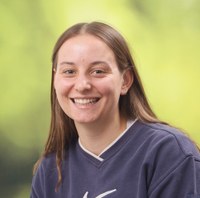
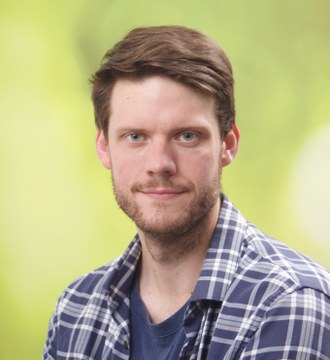
Welcome to the team, Maya and Philipp!
It's possible!
Pseudoheterodyne near-field imaging at kHz rep rates
So far, s-SNOM with pulsed lasers was only possible at high repetition rates due to the necessity of conventional lock-in detection.
Using our new detection method, quadrature-assisted discrete (quad) demodulation, Sam Palato and Philipp Schwendke succeeded to take the first s-SNOM images at optical wavelengths and kHz frequencies -even in pseudoheterodyne mode!

+ + + Patent filed + + +
Sam Palato and Nicolai Grosse (FHI eLab) developed a new sensitive detection method:
quadrature-assisted discrete (quad) demodulation
In a nutshell, it is a real-time data aquisition method that can be applied at low sampling rates, when lock-in detection cannot be used. More details are found in the tech offer.

see also:
R E A L photodoping
Lukas Gierster was able to show exemplarily for the ZnO surface that photoexcited deep defects
act like chemically doped shallow donors in semiconductors. This goes by far beyond what is often called "photodoping" and actually just is a photoexcitation. Lukas' work shows that the photodoped shallow donors actually act like chemical dopands with photoinduced Mott transitions on ultrashort and metastable timescales.
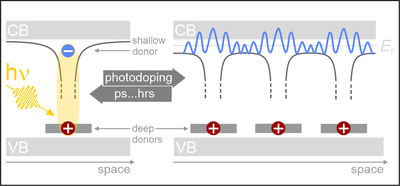
newcomers & a fare well
The new year begins with many changes:
We thank Elsie for her company in the last two years and wish her well! Thanks for being with us :)
We also warmly welcome many new group members! Diaga Müller joint us as a student assistant, Navin Subba is a guest scientist working on photoswitches, Zhang Xiang (Kimo) started his PhD work on time-resolved photoemission of complex oxide surfaces, Henrik Wiedenhaupt just began a 3-month internship with us, and - last not least - Marco Kapitzke returned to work on a FLUPS-PhD!

It is G R E A T that you all finally arrived! Let's do exciting science!
The Master
Marco Kapitzke has finished his MSc studies (Chemistry, FU Berlin) with his great master thesis on FLUPS:
Towards fluorescence upconversion spectroscopy of WS2 monolayers
Congratulations!
W e l c o m e, Franzi!
Franziska Niederstadt is our new bachelor student on the SNOM project and already diving in!

Great to have you with us!
Be together
...as long as we can. Some of us were missing (these days nothing can be planned), but the pre-Christmas outing was definitely worthwhile!

Merry Christmas, happy Hanukkah, and cheerful holidays to everyone <3 !
Who cares about steady state screening?
...the A exciton in WS2 monolayers does not. The transient evolution of the complex dielectric function of WS2 on two different substrates, measured with two different techniques, and analysed using two different procedures is clear: Dynamic screening rules!

See Stefano Calati's work in collaboration with the Zhu group:
Small changes make a difference
Sergey Kovalenko and collaborators unveil the impact of substitution patterns on the singlets of symmetrically fluorinated biphenyls
Phys. Chem. Chem. Phys 23 22067 (2021)
B B Q
Finally!! Nearly all of us!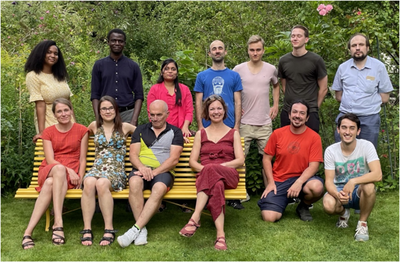
Solvent rulez
Attila Demeter Sergey Kovalenko determined the solvent impact on charge transfer and relaxation dynamics of 4-dimethylaminopyridine:
J. Photochem. Photobio. A 412, 113246 (2021)
Lukas successfully defended his outstanding PhD thesis
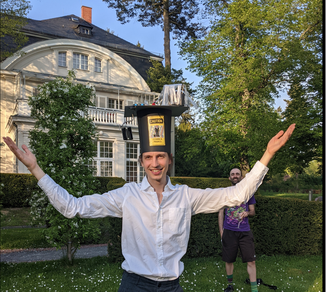
Congratulations, Dr. Gierster! Thanks for all your hard work, great research, and pleasant company throughout these years. We are all happy for you :)
PTCDA/MoS2 - type I alignment and its consequences
Soohyung Park is the lead author in this study on resonance energy transfer and luminescence enhancement at a hybrid interface:
Park et al. Adv. Sci. 2100215 (2021)
Felix Laatsch is joining the group as a student assistent and will support us in teaching undergad PChem lab courses
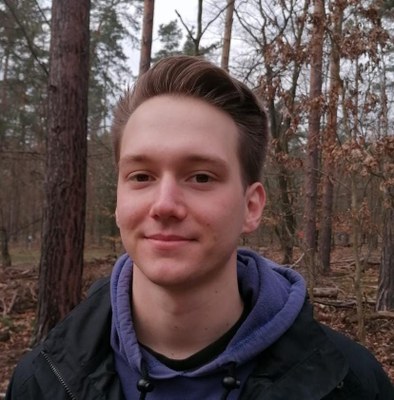
Welcome to the team, Felix!
Congratulations, Johannes!
You've made it.
Out-Standing: Ultrafast dynamics of photogenerated monomers in a terrylene H-aggregate
What a bachelor thesis!
+++ Warmest welcome! +++
... to Philipp Schwendke! We are very happy to have you join the team (:
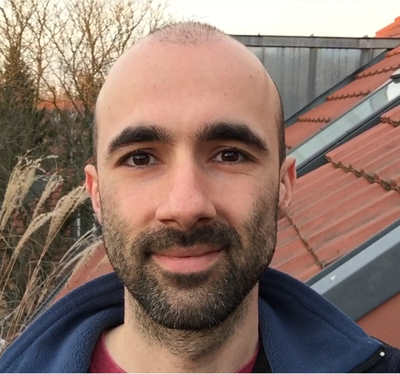
Philipp will investigate complex surfaces using time-resolved interferrometric scanning near field optical microscopy (TRION). - Wow!
Ultrafast generation and decay of a surface metal
Lukas' and Sesha's work is now published :)
Here's what they have accomplished - in a nutshell:
+++ Hurray! +++
We are extremely pleased, to finally welcome Subhadra Mohapatra to the electron dynamiX group!

Subhadra will be working on (non-)linear optical spectroscopy of 2D materials. It'll be a peanuts compared to moving house around the globe in the middle of a pandemic. :) Welcome!
The electron dynamiX group - in a nutshell
This is what we do and why ;)
A German version is also available!
generation and decay of a surface metal
now accepted at Nat.Commun.:
Lukas & Sesha show that photoexcitation of ZnO surfaces at extremely low photon fluxes creates a surface metal on femtosecond timescales that decays within 100s of picoseconds.
As if this wasn't enough, they also unveil the mechanism! Here's a summary or, even better, you read the full story:
dephasing by atomic fluctuations
Check out Sam's recent work on dissipative processes in CdSe quantum dots, probed by multidimensional spectroscopy:
ultrafast international coffeehouse
Lukas gave a fantastic video talk at the last edition of the international ultrafast knowledge coffee house by Hrvoje Peteks group @ Pittsburgh University!

Contact the organizers if you'd like to join. - Nobody will notice if your mug is filled with tea ;)
+++newcomer+++
It's official!
Covid-19
We're mostly home-officing right now. If you want to reach us, simply write an email :)

Take care <3
as cold as ice
Injection of excess electrons into an aqueous environment leads to electron solvation, where water molecules transiently reorient, stabilize and screen the additional charge. In a collaborative study, involving STM and time-resolved photoemission experiments as well as ab initio theory, we showed for the first time that energy dissipation during solvation leads to permanent rearrangements of molecules in frozen water, involving energy-costly hydrogen bond breakage.
J. Phys. Chem. Lett. 11, 4, 1310 (2020)
the dark side of interacting triplets
Triplet-triplet annihilation, the inverse process of singlet fission, can lead to highly efficient electron emission. We follow the electron dynamics across 13 orders of magnitude in time.

J. Chem. Phys. 152, 074715 (2020)
+++ B.Sc. +++
Marco just successfully defended his bachelor thesis "Comparison of topography and lateral spectroscopy of semiconductors" at the Freie Universität Berlin!

Congratulations!!
welcome Elsie!
Our new PhD student Elsie Bowen-Dodoo has arrived in Berlin and will study photoinduced phenomena at oxide surfaces using time- and angle-resolved photoelectron spectroscopy. We're excited to have her and look forward to intersting new science :)

!merry Xmas!
Celebrating Christmas time with the eDyX crowd & colleagues, unveiling the unkown: secret confessions over a wonderful Indian meal, exceptional bowling talents amongst us (guess who!) and two funny guys who wanted to be part of the group (guess which!).
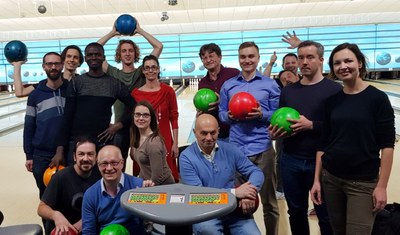
Thanks, Angelika, for organizing! Thanks, everbody, for joining!
Sam = Humboldtian!
Sam Palato was awarded a prestegious Humboldt fellowship to develop TRION (time-resolved interferometric optical nanoscopy) for the investigation of organic/TMDC hybrid systems! -Congratulations and the best of luck for your project!
open PhD position
We are looking for a curious PhD student to join our team!
Click here for details :)
recent additions to the eDyχ crowd
We warmly welcome Marco Kapitzke and Radoslaw Kaleba in the group!
Marco will work on his bachelor thesis using our SNOM while Radek is entirely voluntarily spending his second summer in the group to explore ultrafast science. It is great to have you both!
hard work

group meeting in the FHI garden (in front of Fritz Haber’s and Clara Immerwahr’s villa)
(f.l.t.r.: Ste, Angelika, Ines, Lukas, Sam, Boubacar, Zhigang)
congrats to...
...Stefano and Angelika for becoming PhD student representatives of the PhysChem department of the FHI and at the MPG level, respectively! Engagement of this kind is important for all of us, thank you!
new arrivals
A warm welcome to Ines Mayan and Yin Zhigang! Ines master project will focus on ultrafast dynamics at oxide-water interfaces, and Zhigang is a visiting researcher on hybrid inorganic/organic systems.
@electrondynamix
Now on twitter...
...and on facebook!
fantastic 4!
The DFG committee decided that the Collaborative Research Center 951 (Sfb951) will be funded for another four years!
We look forward to inspiring and fruitful work on inorganic-organic hybrid systems within our consortium.
-Fantastic!
Dr. Mor :)
We are proud to announce that Selene successfully defended her PhD thesis "Fundamental interactions governing the (non-)equilibrium electronic structure in low dimensions" today!
Oh happy day!!!
Taming ZnO
Nasty things can be incredibly interesting. This is why Laura & Co. used nearly all time-resolved techniques our lab offers plus high-res spectroscopy of our collaborators at the Humboldt University to finally understand why previous results on ultrafast dynamics in ZnO were conflicting. The competition of intrinsic and defect-related dynamics in ZnO begins on ultrafast timescales, but affects everything that follows...

--- Every cloud has a silver lining.
Welcome!
We are happy to announce that Sam Palato has joined the group! He will investigate ultrafast spatio-temporal dynamics in inorganic organic hybrid systems.

hybrid!
Together with our colleagues at the Humboldt University, Sesha, Jan, and Lukas uncovered the (un-)occupied electronic structure of a buried hybrid interface!
This work was only possible due to joint "hybridized" forces of the collaborative research center (CRC) 951, combining organic synthesis, PL, PLE, XRD, and 2PPE to access electronic states at an internal interface.
Vempati et al. J. Phys.: Cond. Matt. 31 094001 (2019) - OPEN ACCESS -
JPCM Special Issue: Internal Interfaces
preprint: arXiv:1811.00779 [cond-mat.mtrl-sci]
Drachentöter
Dragon slayer
Populärwissenschaftlicher Vortrag für MINT-Lehrkräftebei "Schule MIT Wissenschaft" (Initiative des MIT Club of Germany) Popular science talk for science teachers at "Schule MIT Wissenschaft" (initiative of MIT Club of Germany) on ultrafast spectroscopy
"Es werde Licht! -Und zwar schnell!!" "Let there be light! -And quickly!!"
(in German)
Multistep and multiscale electron transfer
Sarah, Katharina, and Angelika could show that electron transfer across a model electrode/electrolyte interface is a multistep process, involving complex solvation and localization dynamics.
J. Chem. Phys. 150, 041702 (2019) (publisher version) JCP Special Topic: Interfacial Electrochemistry and Photo(electro)catalysis
Soon, we will demonstrate that these dynamics, ranging from femtoseconds to seconds, lie at the origin of an electrochemical reaction chain...
We escaped...
...from the escape room and had an awesome pre-Christmas-pre-welcome-Sam evening including delicious and sudatory Chinese food! Thanks Angelika & Sele for organizing!
new machine
Just ordered a scattering SNOM at neaspec! - Femtosecond time resolution meets nanometer spatial resolution soon :)
congrats!!
Sesha Vempati and Sarah King accepted calls for assistant professorships at the Indian Institute of Technology Bhilai and the University of Chicago, respectively. We wish you all the best for the future, Prof. Vempati and Prof. King!
bachelor/master projects
We offer several opportunities for exciting master or bachelor projects in physics & chemisty!
More information can be found here: in English and auf Deutsch :)
meet you at DIET16
The abstract submission and registration of this year's DIET meeting at the Eibsee at the foot of the Zugspitze is now open.
recalcitrant material
Ta2NiSe5 does not want to undergo photoinduced phase transitions. Selene Mor's experiments show that it self-protects from a structural phase transition and, instead of undergoing an insulator-to-semiconductor phase transition, becomes more insulating through exciton condensate density enhancement when photoexcited sufficiently strongly.
Phys. Rev. B 97 115154 (2018) (publisher version) , Phys. Rev. Lett. 119 086401 (2017) (publisher version)
excellent posters
by Sarah King and Lukas Gierster have been awarded! Congratulations!
new laser system arrived
Our new laser system (Light Conversion PHAROS/ORPHEUS-2N/3N) is a true swiss army knife for pump-probe experiments. Customized for our needs, it provides ultrashort (30-40 fs) laser pulses with tunable repetition rate and wavelength (1300-270 nm). Moreover, it is software-controlled! -Now we can do ultrafast ultrafast experiments :)
water splitting
Sarah King and Daniel Wegkamp showed that amorphous solid water layers adsorbed on Cu(111) host extremely long-lived excess electrons that can drive the two-electron hydrogen evolution reaction.
on the move...
The electron dynamiX team and lab moved to the new building! Come and visit us in house G on the FHI campus (map).
new arrival!
The newest group member is 52 cm tall and weighs 4 kg. Welcome, Hannah!

